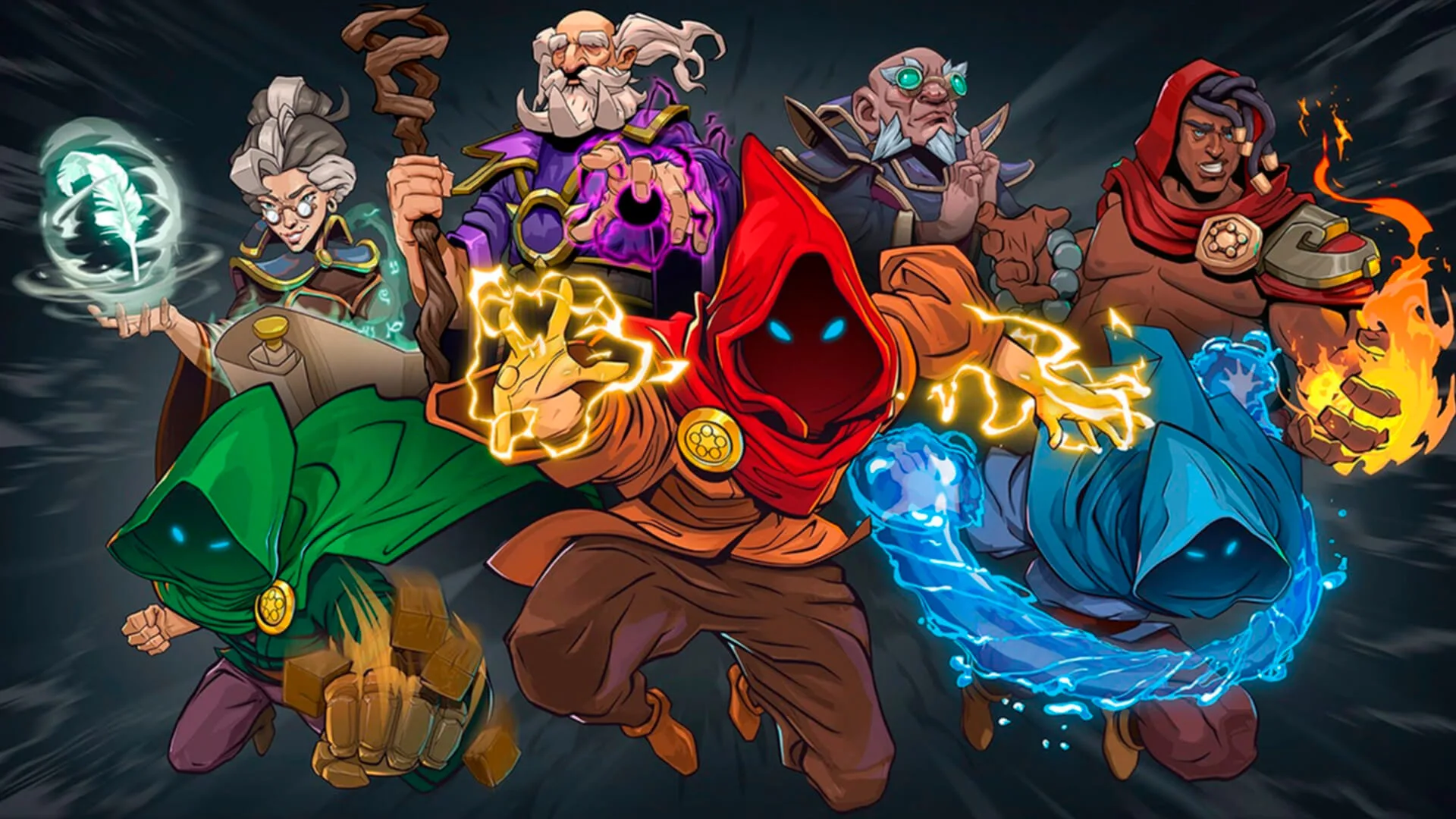It took Fireaxis a lot of guts to release XCOM: Enemy Unknown. The original plan was for it to be a much smaller game to follow what would be the AAA revival of the franchise with The Bureau: XCOM Declassified, but things turned out differently, and the strategy game ended up winning out, and the big boy went on to be forgotten. But before there ever was an Enemy Unknown, there was a UFO Defense. In 1994, Microprose revolutionized the PC gaming space with XCOM: UFO Defense by taking the action down to a truly tactical level, forcing you to think before acting, and making you pay dearly for your dumb mistakes.
Among that game’s development team and creators was Julian Gollop, who eventually also worked on its sequel, XCOM: Apocalypse, before leaving Microprose and going off on his own. Over the last few years, Gollop’s been working in his own company, Snapshot Games, developing strategy games, and the latest, Phoenix Point, is one that both borrows from and builds upon what his original franchise eventually grew into. For anyone looking from the outside, it might look like a blatant knock-off, but that quickly dissipates a few short minutes into the campaign.
Taking slight a cue from UFO Defense’s first sequel, Terror from the Deep, Phoenix Point’s enemy designs are for the most part crustacean-based, with a few humans thrown in between. The story play a secondary role to the gameplay, but it serves as a good foil to the action: Earth’s population has been mostly decimated a few years from now by an alien virus that makes all those infected by it to be drawn to the depths of the ocean, only to come back monstrously mutated and under control of a hive-mind bent on taking over the world. You pick up after the defense effort that was put up failed, and all that remained is scattered all over the globe. Tasked with picking up the pieces and discovering a way to wipe out the Pandoravirus, it’ll be no easy feat making it to the end of the game.

There’s very little in the way of tutorials in Phoenix Point. You only get a couple of missions that try to ease you in, but outside of that, the whole extent of the game, be it managing resources, building a base, or minding your troops is all left for you to figure out. That wouldn’t be a big deal if there was some sort of mission structure to guide you through the events of the game, but that’s also absent. You get a big globe, dots to uncover with scanners, and not much else going for you. While that helps make things feel less scripted and way more open-ended than most XCOM-ish games out there, it also forces Phoenix Point lean a little too much into pure randomness, since for every mission that does serve a purpose to move what little there is to the story of the game, there are dozens of others that are boring ‘kill-em-all’ or protection assignments.
Combat plays out in the usual XCOM style, in an isometric view, with an emphasis on taking cover and rolling the dice when it comes to attacking enemies. Unlike Firaxis’ series, though, Phoenix Point is a little less streamlined in how you defend yourself, since you’re given the choice of letting the computer take your shots for you, or aim specific body parts yourself by using a Fallout-inspired VATS system, which can help you gain an advantage if you go for a certain enemy type’s supposed weak spot. Say you’re fighting a crab-man holding a shield and a gun, you can aim at its pincer and make it drop its firearm, leaving it without the means to return shots. It’s only one possibility, but it opens the strategy part of the combat to a whole bunch of possibilities that an XCOM would never have. On the other hand, your forces are also likely to get hit by the enemy in the same way, limiting their movement and attack capabilities depending on where they’re hit.

Then there’s the morale system, a pool of points used when activating abilities during fights which also goes down as your forces take damage and die off. Once that gets to a certain threshold, your soldiers start panicking and stop obeying your orders, something you don’t want going on in combat. You can counter that by leveling them up and taking the fight to the enemy, which helps keep encounters more dynamic and less static, something that sometimes plagues early game XCOM campaigns thanks to stand-offs where neither side tends to commit.
Besides deploying your troops and taking the battle to the enemy, there’s a whole lot of management and politics going on all throughout Phoenix Point. At first, you’re basically on your own, but it doesn’t take long before you start running into the three factions that are usually too busy bickering at one another and not that interested in dealing with you. One’s basically the run-of-the-mill cult that’s always in in this sort of post-apocalyptic media, who ended up choosing to adore the invaders and try to be as much like them as they can without getting assimilated.

I did my best to avoid them, naturally, but the other two aren’t that much better, either: an organization run by an egotistical billionaire jerk who felt a little too familiar to what we already have going on in the world right now, and a militarized group bent on making a living fighting anyone that dares to stand in their way. You probably know where I’m getting at with this. Yeah, there are no truly good ways to go on about in your adventure through Phoenix Point, and juggling your relations with these factions is one of its strong suits, since depending on how friendly you are with them, you might get some nice perks, like unique technology you would otherwise go without.
That relationship balance plays off well with the overall theme of the game, since you’re not likely to ever be able to hold all the threats on your own. You have to decide what to prioritize, similar to XCOM. Your resources are always on the verge of running out, so keeping on the move and discovering new bases to set up and reserves to take over serve as the momentum to keep your game going up until the very end. My own campaign crashed and burned a couple of times, and I’ve yet to drive back the enemy, but that’s really what drives games like Phoenix Point: learning from your mistakes and adapting from them.
Phoenix Point is ultimately a very calculated experience that will reward you for playing with its systems and making do with what you have. However, that will only come if you give it a chance and endure its unfriendliness by having to sometimes brute force your way through. This game does a terrible job teaching you its ins and outs, but at the same time, it commends you for making it through. There’s an old school feel to Phoenix Point that’s rarely seen in games nowadays, but that ends up working against it in the end, since it makes it extremely hard for anyone not in the right mindset to enjoy it fully. And even if you are committed to it, its difficulty spikes can be game-ending if you’re not careful. In a game where the campaign can go on for many hours as the case is for Phoenix Point, patience and a good dose of save scumming is paramount if you want to have any chance of succeeding — and even then, things might not go your way. That’s just the way things are sometimes.




